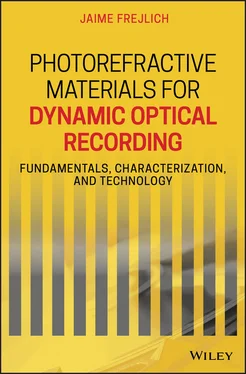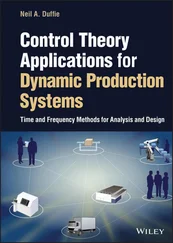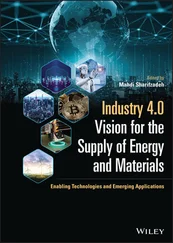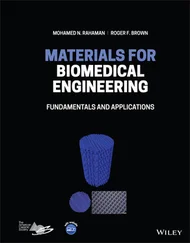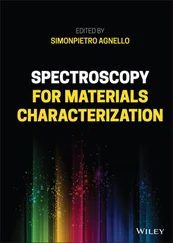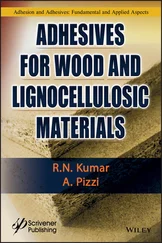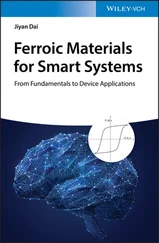320 292
321 293
322 294
323 295
324 296
325 297
326 298
327 299
328 300
329 301
330 302
331 303
332 305
333 306
334 307
335 308
336 309
337 310
338 311
Photorefractive Materials for Dynamic Optical Recording
Fundamentals, Characterization, and Technology
Jaime Frejlich †
State University of Campinas
Gleb Wataghin Institute of Physics (IFGW)
Campinas‐SP, Brazil

This edition first published 2020
© 2020 John Wiley & Sons, Inc.
All rights reserved. No part of this publication may be reproduced, stored in a retrieval system, or transmitted, in any form or by any means, electronic, mechanical, photocopying, recording or otherwise, except as permitted by law. Advice on how to obtain permission to reuse material from this title is available at http://www.wiley.com/go/permissions.
The right of Jaime Frejlich to be identified as the author of this work has been asserted in accordance with law.
Registered Office
John Wiley & Sons, Inc., 111 River Street, Hoboken, NJ 07030, USA
Editorial Office
111 River Street, Hoboken, NJ 07030, USA
For details of our global editorial offices, customer services, and more information about Wiley products visit us at www.wiley.com.
Wiley also publishes its books in a variety of electronic formats and by print‐on‐demand. Some content that appears in standard print versions of this book may not be available in other formats.
Limit of Liability/Disclaimer of Warranty
In view of ongoing research, equipment modifications, changes in governmental regulations, and the constant flow of information relating to the use of experimental reagents, equipment, and devices, the reader is urged to review and evaluate the information provided in the package insert or instructions for each chemical, piece of equipment, reagent, or device for, among other things, any changes in the instructions or indication of usage and for added warnings and precautions. While the publisher and authors have used their best efforts in preparing this work, they make no representations or warranties with respect to the accuracy or completeness of the contents of this work and specifically disclaim all warranties, including without limitation any implied warranties of merchantability or fitness for a particular purpose. No warranty may be created or extended by sales representatives, written sales materials or promotional statements for this work. The fact that an organization, website, or product is referred to in this work as a citation and/or potential source of further information does not mean that the publisher and authors endorse the information or services the organization, website, or product may provide or recommendations it may make. This work is sold with the understanding that the publisher is not engaged in rendering professional services. The advice and strategies contained herein may not be suitable for your situation. You should consult with a specialist where appropriate. Further, readers should be aware that websites listed in this work may have changed or disappeared between when this work was written and when it is read. Neither the publisher nor authors shall be liable for any loss of profit or any other commercial damages, including but not limited to special, incidental, consequential, or other damages.
Library of Congress Cataloging‐in‐Publication Data
Names: Frejlich, Jaime, 1946- author.
Title: Photorefractive materials for dynamic optical recording :
fundamentals, characterization, and technology / Jaime Frejlich
State University of Campinas, Gleb Wataghin Institute of Physics
(IFGW), Campinas-SP Brazil.
Description: First edition. | Hoboken, N.J. : John Wiley & Sons Inc., 2020.
| Includes index.
Identifiers: LCCN 2019032247 (print) | LCCN 2019032248 (ebook) | ISBN
9781119563778 (hardback) | ISBN 9781119563730 (adobe pdf) | ISBN
9781119563761 (epub)
Subjects: LCSH: Laser recording–Materials. | Photorefractive materials.
Classification: LCC TK7882.S3 S67 2020 (print) | LCC TK7882.S3 (ebook) |
DDC 621.382/34--dc23
LC record available at https://lccn.loc.gov/2019032247
LC ebook record available at https://lccn.loc.gov/2019032248
Cover Design: Wiley
Cover Image: © ArtLight Production/Shutterstock
This book is a corrected and largely extended version of my former one ( Photorefractives , John Wiley & Sons, 2007). The objective of this book is mainly focused on photorefractive materials, their properties and their technological possibilities. These materials are still the most interesting ones for dynamic optical recording, not only because their good photoconductivity and the good photovoltaic effects of some of them allow thinking about photoelectric conversion applications as well.
The first part of this book is devoted to the analysis of the fundamental properties of this materials: electro‐opticity and photoconductivity as well as other effects that some of them may exhibit and which should be taken into account while operating with them – photovoltaicity, light‐induced absorption, luminescence and the Dember effect.
Part II is focused on the dynamic recording of a spatial distribution of electric charge and the associated spatial electric field distribution leading to a corresponding index‐of‐refraction (and sometimes also light absorption coefficient) modulation in the material volume as a consequence of their electro‐optic properties. Most of the recording is carried out using a spatially modulated interference (holographic) pattern of light, an index‐of‐refraction and sometimes associated absorption coefficient volume grating results. The real‐time diffraction of the recording beams by the grating being built up results in complex wave coupling effects that should be taken into account to mathematically describe the dynamics of this recording process. Electrical coupling among charge carriers (electrons and/or holes) during recording allows the possibility that more than one photoactive type of defect (the Localized State in the material Band Gap) should be also taken into account. The recording of an interference pattern of light or hologram is usually subject to serious environmental perturbations that may undermine the recording quality, mainly for the rather long recording time processes that are usually the case with photorefractives. To cope with this problem, we describe here some dynamically stabilized setups that actively compensate the environmental phase perturbations on the interference pattern of light during recording. Some of these setups use, when possible, their own grating being recorded as a reference for the stabilization process, which is therefore labeled “self‐stabilized recording”. Running holograms and self‐stabilized running holograms are also discussed here.
Part III is devoted to the characterization of photorefractives using holographic, nonholographic optical methods and electrical techniques, reporting a large number of actual experimental results on a variety of materials.
Some practical applications including holographic real‐time measurement of out‐of‐plane mechanical vibration modes in 2D and in‐plane amplitude mechanical vibration using backscattered (“speckle” pattern) laser light are discussed in Part IV. Also, the possibility of using thin photorefractive crystal plate devices for photoelectric conversion is discussed in detail. As recording on photorefractive crystals is essentially reversible (recorded holograms may also be erased by the same light used for recording), we discuss here some fixing techniques that may even allow the production of permanent micro‐ and sub‐microscopic structures using different holographic techniques.
Читать дальше
